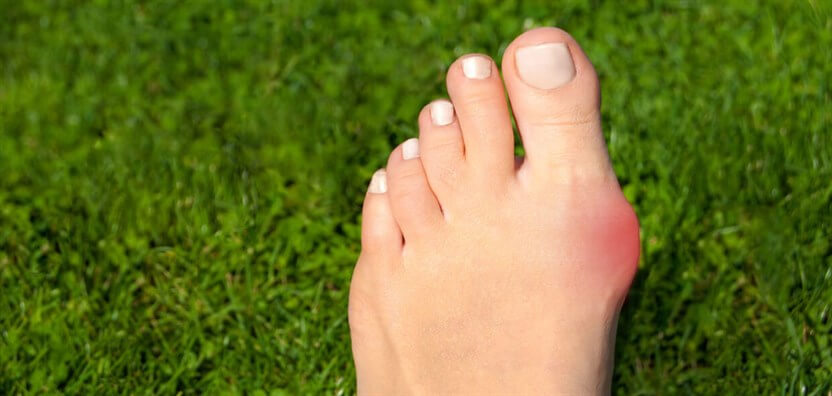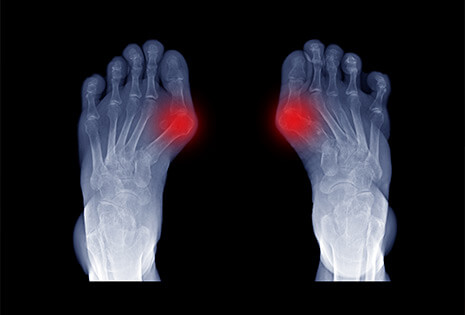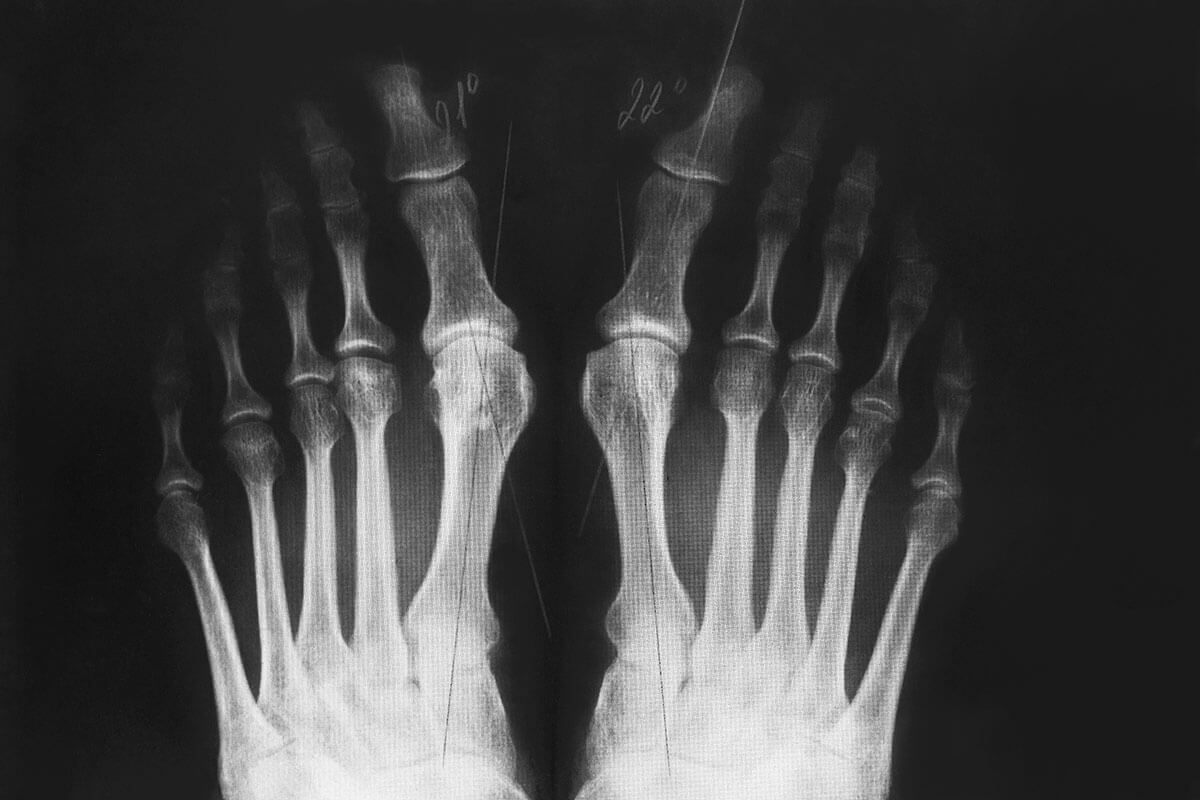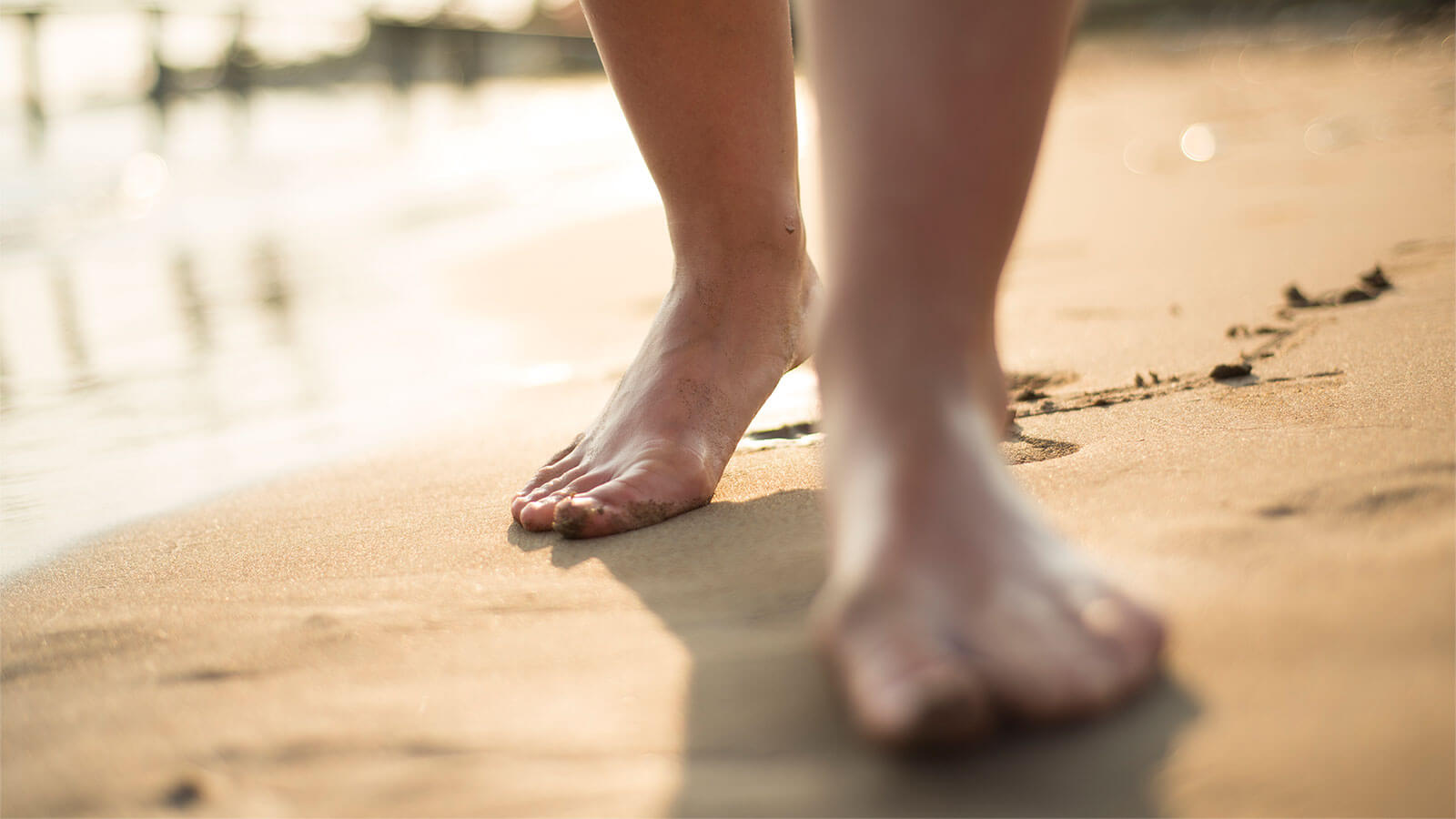Save your soles from Bunions!
Bunions (scientific name: Hallux Abducto Valgus), despite being known to be a common foot deformity has lot of misconceptions about it. Ironically, people unaware of it continue to writhe in pain for long time (sometimes 'years') before being diagnosed with it and going for treatment.

What is a Bunion?
For a layman, bunion is nothing but a visible bump on the side of the big toe. However, there is more to this foot deformity than what meets the eye. The bump originally represents the altering bony framework of the front part of the foot. With passage of time, the affected toe starts leaning towards the other toe. Thereafter the bones start falling out of alignment and the bump surfaces.
A progressive foot problem, bunions on being ignored continuously results in gradual alteration of bones turning into a prominent bump in later years. Unfortunately for Patients of Bunions, symptoms start showing quite late which only gets worse with passage of time. Interestingly, in some cases, symptoms don't surface at all.
 What causes a Bunion?
What causes a Bunion?
Apparently, inheritance of flawed mechanical foot structure is known to be one of major causes of Bunions. This however should not be understood that Bunions can be inherited. Factually speaking, it is not this medical problem but the inheritance of certain foot types that makes a person eligible to become a patient of bunion.
Here it is important to clarify that wearing shoes don't actually cause bunions. However, it certainly can aggravate the deformity.
Symptoms of Bunions
Patients of Bunions can often be seen complaining of suffering from Pain or soreness at the site. Apart from that, burning sensations, numbness, inflammation and redness in the affected area are other common symptoms noticed in the patients struggling with this form of foot deformity.
Interestingly, tight toe box shoes or high heels easily give way for Bunion. This automatically explains why fairer sex is comparatively more prone to Bunions than the darker sex.




